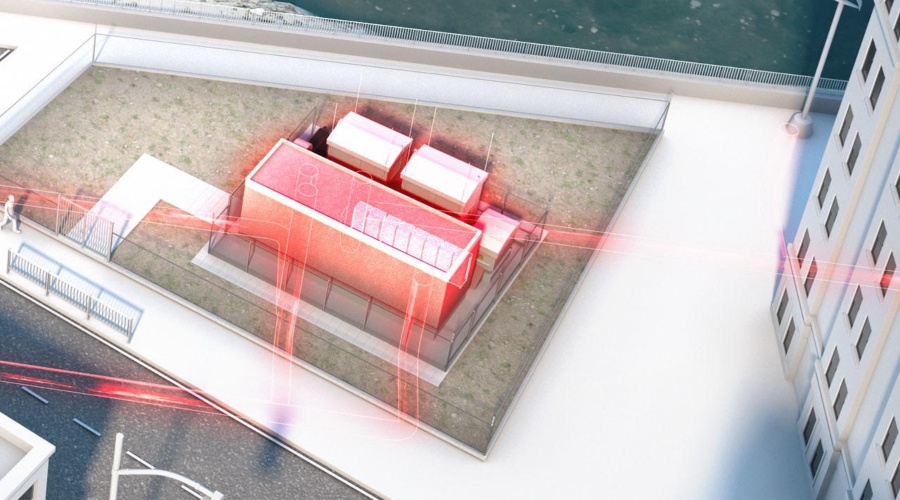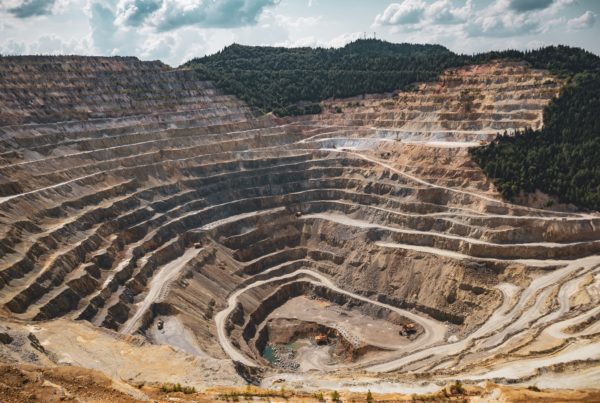
This article discusses an onshore solution to supply zero-emission electricity on demand to vessels at berth. Electricity is generated by fuel cells using hydrogen produced using renewable energy, and stored locally. Plant equipment can easily be built into containers or e-houses, with the added benefit of scalability to match demand requirements.
Offshore wind power or solar power is used to produce hydrogen in an electrolysis plant. The hydrogen is stored until power is required, and then it is fed to fuel cells to produce electricity. The power output from the fuel cells is processed electronically and supplied to the vessels.
The basic solution can be augmented with a local distribution network, connection to the national grid, and a power and energy management system.
The solution enables ports to reduce their environmental emissions and operate more sustainably. It can store energy from wind or solar power when there is no demand and then utilize the energy when vessels need a power supply. The equipment can be built into containers or e-houses.
No harmful emissions are produced, as wind and solar power, hydrogen electrolysis, fuel cells, and power conversion are all zero-emission processes.
Technical description
The proposed solution enables zero-emission renewable energy to be used for shore-to-ship power supplies. Offshore wind power and solar power are intermittent and relatively unpredictable power sources, while demand for shore-to-ship power varies significantly depending on the number and type of vessels at berth. To match the supply from renewables with the demand from vessels, a buffer system is required that can store energy. This solution utilizes hydrogen gas as an energy buffer.
Offshore wind producers are already looking at hydrogen produced by electrolysis as a way to store the power they generate. Ports and nearby coastal areas provide favorable sites for electrolysis plants. Ports are generally relatively close to offshore wind farms, and they will often have concentrations of potential hydrogen users, such as vessels that operate using hydrogen or hydrogen- based synthetic fuels, industrial plants, and transport hubs. As a result, it is understood that plans are already being prepared to construct electrolysis plants at or near ports.
The hydrogen produced by the electrolyzers is stored. When a vessel requires power, hydrogen is fed to fuel cells to generate electricity. Fuel cells are ideal for supplying electricity on demand as their output is flexible and easy to adjust.
The electricity produced by fuel cells is direct current (DC), and the voltage varies significantly with the load. This supply needs to be regulated, and it is passed through a DC–DC power converter for this purpose. The regulated DC supply is then fed through a DC-AC converter followed by a transformer, resulting in an alternating current (AC) supply of the correct voltage for the vessel. A local distribution network supplies the power to the ships at berth.
A power and energy management system integrates the different subsystems together and provides a control interface for the operator. This system enables energy use and efficiency to be optimized. For increased flexibility, the solution can optionally be connected to the grid. This enables vessels to be supplied from the grid, and power generated by the fuel cells to be fed to the grid when needed.
Read the most up to date Fuel Cell and Hydrogen Industry news at FuelCellsWorks
The solution supports the emissions reduction objectives of the German Federal Government, in its amendment of the Climate Change Act, and of the EU in its “Fit for 55” package of proposed measures.




